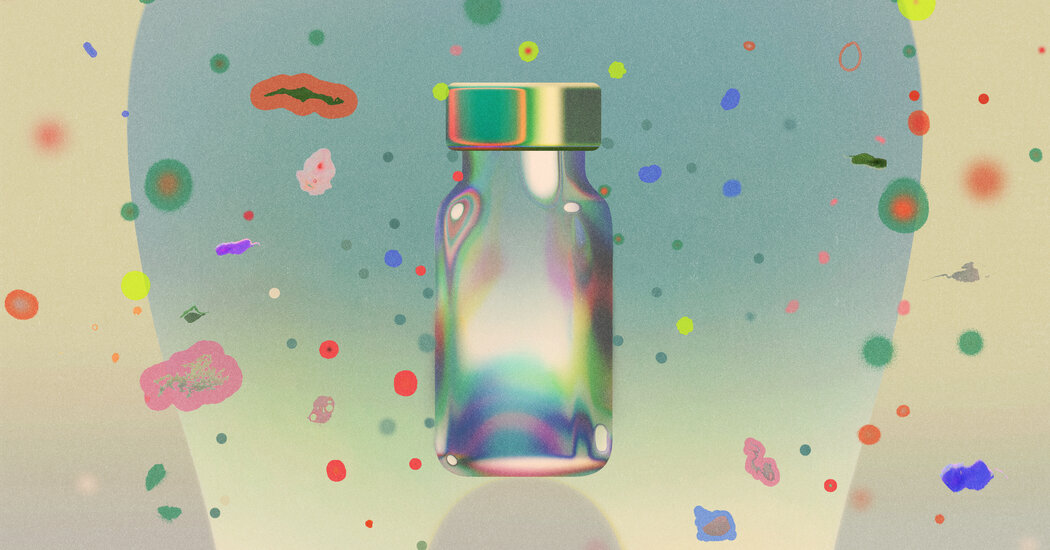
The New Age of D.I.Y. Medicine
“Cavities are a communicable disease, and if you’re among the 90 percent of Americans who’s ever had one, you probably got them from your mother.”
So begins “The Rise and Impending Fall of the Dental Cavity,” a remarkably engrossing and, for me, genuinely eye-opening survey of the history and science of tooth decay, published last week by the pseudonymous Cremieux Recueil on his Substack. The bacterium Streptococcus mutans might not seem like the likeliest subject for a 7,600-word general-interest deep-dive, but Cremieux takes detours into the immaculate teeth of dinosaurs, the practice of Neolithic dentistry, the agricultural and industrial revolutions and their effect on our diets, and the dental agony of America’s founding fathers.
His essay is a kind of masterpiece of an emergent form of internet argumentation — one with roots in the blogosphere and the message-board culture of an earlier era but which really flowered in the pandemic years: extremely long, exhaustively researched, often compiled by obsessive nonexperts and aimed at a contrarian lesson about public health, say, or educational achievement, or the origins of the pandemic. For me, the archetypal example is probably the 10-part investigation, with nine “interludes,” into the causes of American obesity published in 2021 by a pair of anonymous researchers, calling themselves Slime Mold Time Mold, who proposed environmental contamination of our water table by the runoff of the mood stabilizer lithium as the driver of the country’s skyrocketing body mass index and have since undertaken the staging of a large-scale, self-supervised “community trial” of what they call the “potato diet.”
In this case, the lesson was about what is going on in the bacteria pools we call “mouths” and what we could do to clean them up. Probably, you remember admonitions from childhood that eating candy will rot your teeth, but that story turns out to be a bit simplistic — the problem isn’t that your teeth hate sugar but that Streptococcus mutans loves it. And when it consumes sugar, the byproduct is lactic acid, which is what really starts to eat away at your dental enamel. Not everyone has an oral microbiome dominated by Streptococcus mutans, but chances are if you do, it was passed to you by your parents, very early on — and if you eat any sugar, you’re very likely to suffer tooth decay.
In places like the United States — where drugs are advertised directly to consumers, pharmacies are lined with whitening toothpaste and yuppie dentists hawk Invisalign between fillings — you might have come to see oral health as primarily a cosmetic matter. (Perhaps, given the costs, even a scam.) But probably a quarter of Americans and more than a third of the world have untreated cavities or tooth decay, and there is an awful lot of science linking oral hygiene with overall health and well-being. The connections are both direct (untreated cavities can host infections, which can spread elsewhere in the body, causing cellulitis and osteomyelitis,among other infections, and other forms of oral bacteria have been linked to colon and colorectal cancers) and indirect (Tooth loss is correlated with higher all-cause mortality, with studies of large-scale tooth loss finding large increases in all-cause mortality risk.) That’s one reason, over the past few decades, there have been periodic efforts to develop a vaccine for tooth decay, focused on Streptococcus mutans.
But “Impending Fall” was not prompted by an F.D.A. approval of such a vaccine, a successful large-scale clinical trial or even news of such a trial getting underway. It wasn’t even occasioned by the publication of new academic research or a new book. Instead, it referred to the rollout of a new product called Lumina, conceived by the startup Lantern Bioworks and sold to customers directly as a probiotic supplement — and an opportunity to participate in something more like a health-care version of a beta-test soft launch.



